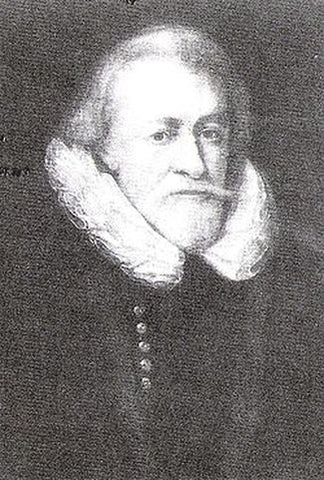The Herald 5

There were only three positions available at the level of kings of arms so few officers ever attained these coveted positions. There was a dispute as to who would succeed Sir Gilbert Dethick as Garter when he passed away in 1584. Sir Gilbert DeThick was the author of the DeThick Garter Book which illustrated coats of arms of the Elizabeathen period. Robert Cooke, Clarceneaux had acted as Garter for 18 months and would have been expected to succeed, but the son of Sir Gilbert, William was appointed to the position instead. The offices of Heraldry were never hereditary but cases of nepotism occurred from time to time. William Camden was held in such high esteem as an antiquary that he entered the College in 1597 as Clarenceaux King of Arms (he was made Richmond Herald for one day for the sake of formality before his appointment as Clarenceaux). This caused some resentment among some of the other officers. Biographies of the Elizabethean period show some backgrounds herald's had before being appointed. Some of them had been retainers of either Leicester or Burleigh, which seems to reflect the influence these two had in procuring royal positions for their men. Others had been royal clerks or messengers. Some had been members of the painter-stainers company.




